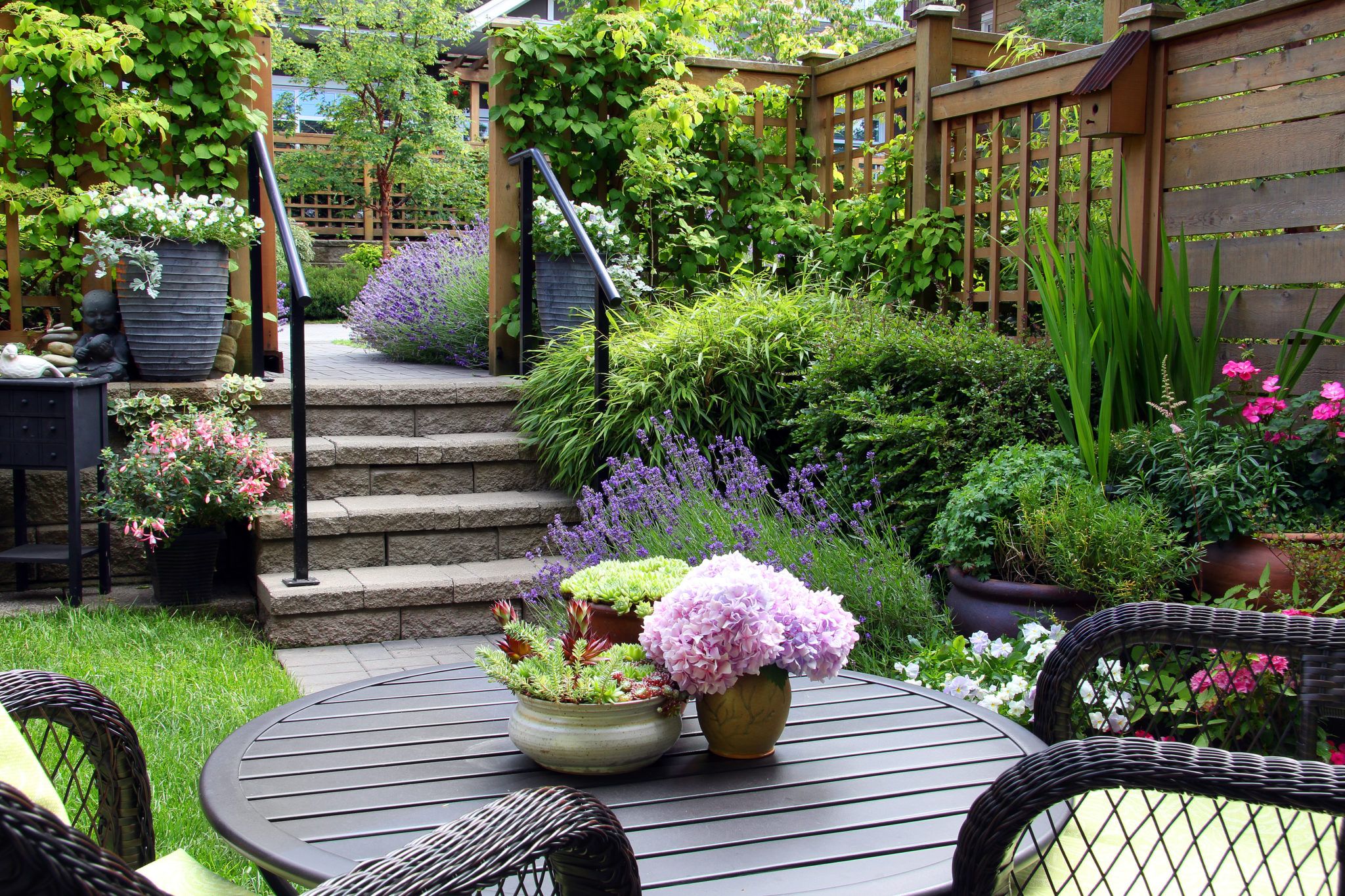Yes you can have it all – a garden that’s good-looking, pollinator-friendly and productive
BY PAULA BURNS
NOW that the brighter days are finally upon us, we can start to turn our attention to the garden.
It might be hard to imagine, but in a few weeks the grass will be back to its rightful, luscious green and the flowers will be in full bloom.
With sustainability and protecting the environment at the forefront of our minds, the garden is the perfect space to give back to nature. You don’t have to have green fi ngers to create a garden that is beautiful and an environmentally-friendly haven too.
We all know that bees, butterflies and other pollinator insects need sources of nectar and pollen to thrive. They are vital to the environment and also help our gardens grow. As they travel from flower to flower, they pollinate them, allowing them to then set seed or bear fruit. To curate a pretty garden filled with beautiful blooms and butterflies, choose the right flowers to plant.
Flowers bloom at different times of the year, so it’s not too late to plant some that will be ready for the summer and autumn months. You can also get ahead now for next spring, which means you can have an interesting garden almost all year round.

Planting
• Choose a sheltered yet sunny spot in the garden.
• Place your chosen plants in groups or spread out to allow the colour and scent to be easily detected.
• Have a sustainable flowering period by selecting flowers that will bloom from early spring to autumn.
• Choose single open flowers where you can see the central part of the flower, as they are easy for insects to feed from.
Herbs
A herb garden isn’t only good for your cooking. They are a big attraction to insects, so a dedicated herb garden is a sweet smelling addition.
Moths aren’t the most attractive of insects but they are great pollinators. Some night-time scented flowers are sure to get some nocturnal pollinating going.
Hedging

While flowers are a blooming marvellous addition to creating a pretty garden, creating boundaries is a must. Instead of opting for fences or walls, letting your hedge grow will bring some green to the space while being a friend to the local wildlife.
Hedges allow wildlife to move from garden to garden and are a good source of food. They provide food in the form of leaves, nectar-rich flowers, berries, fruits, seeds and nuts. They also create areas of shade that will increase the range of wildlife habitats within the garden.
Native shrubs and trees such as hawthorn, blackthorn, beech and holly are an ideal mix of hedging plants. Ivy is very beneficial for nesting birds and it also flowers in autumn when there are few other nectar sources available.
The best time to plant a hedge is between November and March. Though it’s best to never plant in waterlogged or frozen ground. Don’t allow roots to be exposed for long when planting. Until they are established keep the base of the plants free from weeds by covering them in a thick mulch.
While it might be tempting to get the sheers out when the hedge is in the full bloom of summer, it’s best to have it prepared before. The best time to prune your hedge is late winter through to early spring to allow wildlife to take advantage of the insects and fruits provided in the winter months.
To protect birds, wildlife hedges should not be trimmed during the nesting season from March to August. In order to provide undisturbed areas for wildlife, try to cut sections of the hedge at different times.
Small spaces

A herb garden is the perfect alternative for those with a small outdoor space who want to give back to the environment. They can also be a lovely addition to a patio space or balcony.
Herb gardens can be easily planted in containers, window-boxes, raised beds or even hanging baskets. If you have the space and fancy adding some vegetables to your garden that are both tasty and environmentally friendly, a perennial garden could be your thing.

Perennial vegetables stay in the ground for longer, giving them more time to store carbon and to help to restore soil health. Rhubarb is a popular choice as it’s easy to grow. Kale, asparagus, broccoli and Jerusalem artichokes are other great options.
Which flowers should I plant?
While there are many flowers that attract an array of pollinators, bees are generally most attracted to the colour purple. Tubular flowers such as foxgloves are also an important source of food for the garden bumblebee.
Spring flowers
- Bluebell
- Crocus
- Forget-Me-Not
- Hawthorn
- Primrose
- Rhododendron
- Rosemary
Early-summer flowers
- Comfrey
- Delphinium
- Foxglove
- Potentilla
- Snapdragon
- Thyme
Late-summer flowers
- Buddleja
- Cornflower
- Globe Thistle
- Heather
- Ivy
- Lavender
What herbs should I plant?
- Rosemary
- Lavender
- Sage
- Wild Thyme
- Fennel
- Chives
- Mint
- Wild Marjoram








